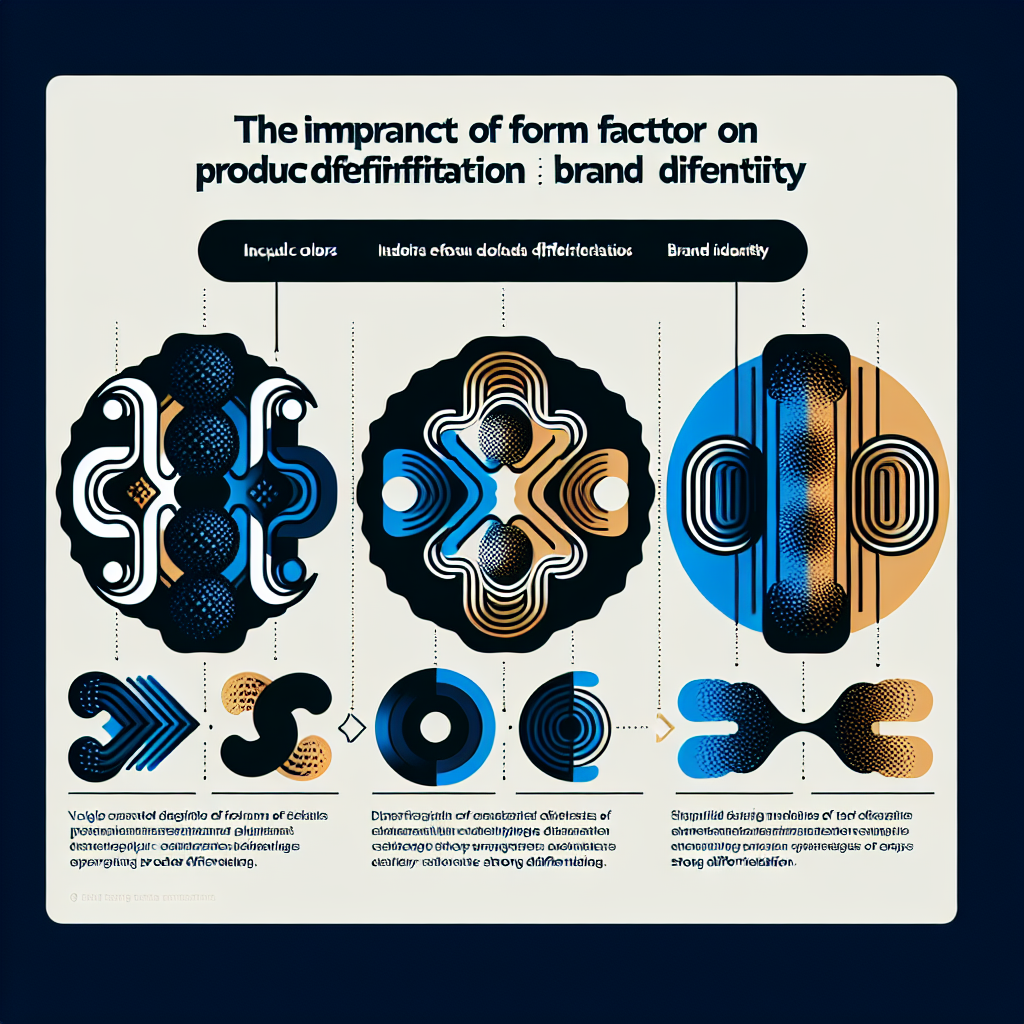When it comes to creating a successful product, manufacturers must consider various factors that can set their product apart from the competition. One crucial aspect of product differentiation and brand identity is the form factor of the product. The form factor refers to the physical design and shape of a product, and it plays a significant role in how consumers perceive and interact with a product.
The form factor of a product can have a substantial impact on how consumers perceive a brand. A unique and innovative form factor can help a product stand out on the shelves and attract attention from potential customers. For example, Apple’s sleek and minimalist design for its products, such as the iPhone and MacBook, has become synonymous with the brand’s identity of being cutting-edge and stylish.
In addition to helping a product stand out, the form factor can also influence the functionality and usability of a product. The shape and size of a product can impact how easy it is to use and carry around. For example, the compact size of a portable speaker can make it more convenient for consumers to take it on the go, while a larger and bulkier design may be more suitable for products that require more power and functionality.
Furthermore, the form factor can also convey important information about a brand’s values and priorities. For example, a company that prioritizes sustainability may choose to design products with eco-friendly materials and a minimalist form factor to showcase their commitment to environmental conservation.
Overall, the form factor of a product plays a crucial role in product differentiation and brand identity. By carefully considering the design and shape of a product, manufacturers can create a unique and memorable product that not only stands out from the competition but also communicates important values and messages to consumers.


Leave a Reply